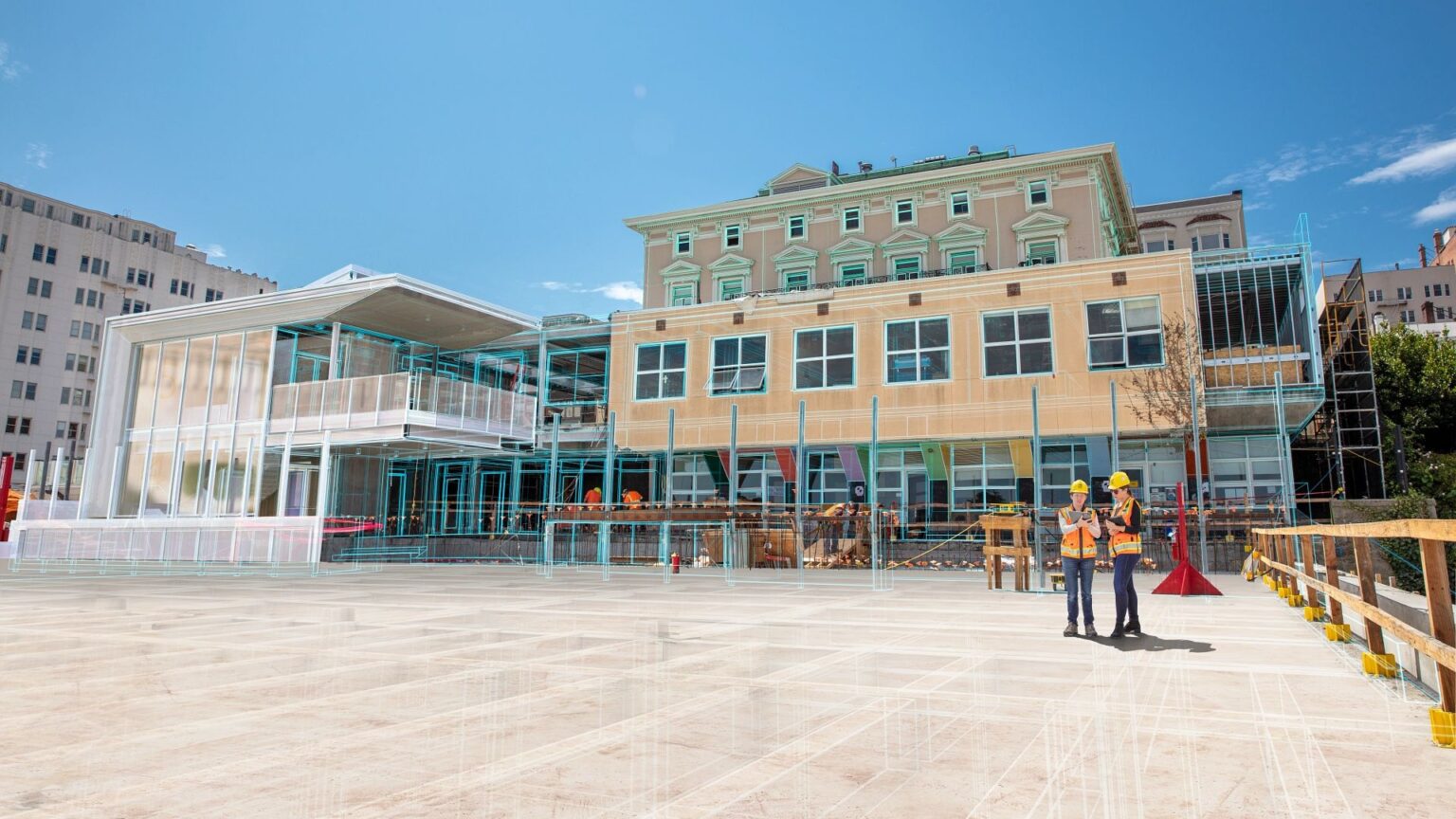Understanding the Building Construction Process
Building construction is an age-old human endeavor that originally emerged from the fundamental need for shelter. Over centuries, this practice has evolved significantly. Early shelters were rudimentary and temporary, but advancements in materials, techniques, and labor have led to the construction of durable and sophisticated buildings. Today, constructing a building involves a complex process that demands meticulous planning, substantial time, effort, and financial investment.
This guide delves into the building construction process, outlining the steps from inception to completion. The construction process can be divided into three main phases: preconstruction, construction, and post-construction. Each phase has its own set of tasks and requirements.
What is Building Construction?
Building construction refers to the process of creating a physical structure, which involves various activities conducted at a construction site. This includes unloading machinery, materials, and equipment, as well as tasks such as cladding, installation, and external finishing. The construction process is intricate and involves a series of routine tasks carried out by skilled professionals. These tasks are organized into three main phases: preconstruction, construction, and post-construction.
Step 1: Preconstruction Process
The preconstruction phase is foundational to the success of a building project. It involves detailed planning and preparation before actual construction begins.
Acquiring Land
Securing an appropriate site is crucial. The chosen land should meet the project’s requirements and be free from legal or environmental issues. Feasibility studies and cost evaluations are essential to determine if the site is strategically located and suitable for the planned construction.
Initial Meeting
The project begins with an initial meeting between the client and the general contractor. This meeting helps both parties understand each other’s expectations and objectives. It provides an opportunity to discuss the project’s goals, address any questions, and define the scope of work. The contractor assesses the feasibility and outlines the deliverables and schedule.
Estimating and Budgets
After the initial meeting, the contractor visits the site to develop a design and layout. Building construction involves significant costs, so accurate budgeting is essential. The construction estimator calculates the quantity and quality of materials needed, and the contractor develops a budget that includes estimates for labor, materials, machinery, and other requirements. If finances are limited, pre-approval loans may be necessary.
Schedule
Developing a project schedule is crucial. The schedule outlines the start and end dates for various aspects of the construction work. It is updated throughout the project to reflect progress and adjust for any changes. Effective scheduling is vital as it impacts overall project costs and timelines.
Step 2: Building Construction Phase
With the project plan in place, the construction phase begins. This is where the building starts to take shape and involves several critical steps.
Site Preparation
Site preparation involves clearing the land of debris and obstacles. This step may also include remedial work or demolition. Proper waste management and environmental considerations are essential, including the safe disposal of hazardous materials. Site preparation may be part of a broader contract that includes soil stabilization and construction of access roads.
Construction
- Excavation: Excavation involves removing soil to create space for the foundation. Depending on the site size, this can be done manually or with heavy machinery. Excavation types vary, including topsoil removal and trench excavation.
- Foundation: The foundation supports the entire structure and transfers its loads to the ground. It is constructed according to architectural plans and can include concrete or pile foundations. Soil testing is crucial to determine the appropriate type of foundation.
- Framing: Framing involves erecting the building’s skeleton using wood or steel. This framework supports the building and is essential for the subsequent stages of construction.
- Masonry: After framing, masonry work begins. This includes constructing walls with materials like bricks or concrete blocks, as specified in architectural plans.
- Electrical and Plumbing Work: Specialty contractors install rough plumbing and electrical systems. This includes laying pipes and wires before drywall and insulation are added.
- Roofing: Roofing is installed to protect the building from the elements. It is an important step in safeguarding the structure’s interior.
- Exterior Finishing: This involves plastering and cladding the building’s exterior. It enhances the building’s appearance and provides additional protection.
- Heating and Cooling Work: Installation of heating, ventilation, and air conditioning (HVAC) systems is carried out to ensure the building’s comfort.
- Interior Finishing: Interior walls are plastered, floors are tiled, and ceilings and insulation are installed. Electrical outlets and light fixtures are completed.
- Woodwork and Fixture Fittings: Final touches include fitting plumbing fixtures, cabinetry, windows, and doors.
- Waterproofing: Waterproofing prevents water infiltration and reduces humidity within the building.
- Painting: Painting provides both aesthetic appeal and protection from environmental damage.
Step 3: Post-Construction Phase
The post-construction phase wraps up the project and prepares the building for occupancy.
The Walk-Through
A walk-through is conducted to ensure that all project specifications are met. The contractor and architect check if the building is functional and compliant with the design. Once approved, a certificate of satisfactory completion is issued.
Closeout / Handover
During closeout, the building is formally handed over to the owner. The contractor provides training on the building’s operation and hands over all relevant plans, models, and manuals. The owner has time to ensure they are comfortable with all aspects of the new building.
Summary
Building construction is a detailed and methodical process. It involves three main phases: preconstruction, construction, and post-construction. Each phase includes specific tasks and requires careful management to ensure project success.
FAQs
What is the building construction process from start to finish?
The process involves three main phases: preconstruction, construction, and post-construction. Each phase includes different activities that contribute to the overall success of the project.
What is the construction project cycle?
The construction project cycle encompasses strategic planning, design, construction, and project handover. Each phase is essential for the successful completion of the project.
What is the order of construction?
The typical order of construction includes site marking, excavation, foundation, framing, masonry, roofing, flooring, and finishing. Each step includes several detailed activities.
What is the first step of building construction?
The first step is clearing and grading the site. Following this, the foundation is poured based on the building’s size and type. The framing is then constructed, followed by the installation of walls, windows, doors, and fittings. Electrical and plumbing systems are then installed, the roof is added, and final finishes are completed.
This comprehensive guide covers the essential aspects of building construction, providing insights into each phase and the detailed tasks involved.

